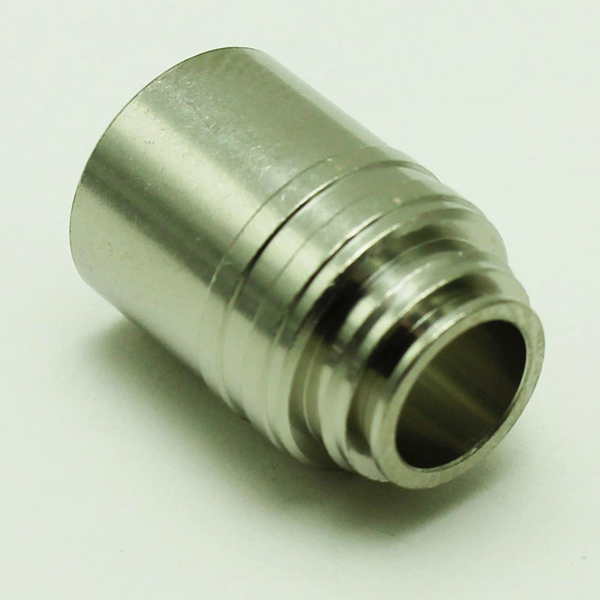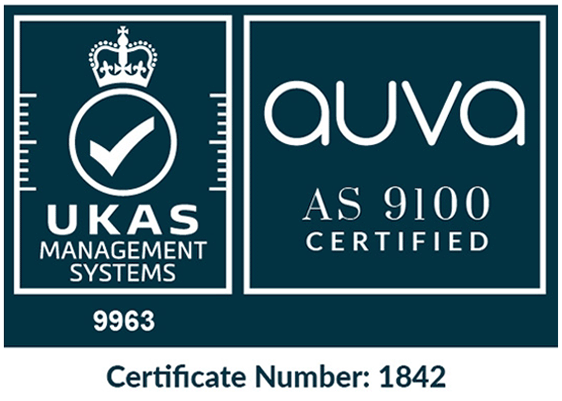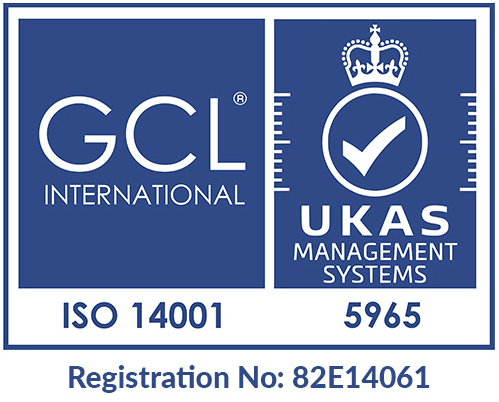Nickel Plating (Ni)
Nickel is a silvery-white lustrous metal that can be decorative, provide corrosion resistance, wear resistance, or used to build up worn or undersized parts. It is one of only four elements that are ferromagnetic, meaning they are attracted to magnets and are magnetic themselves. Nickel belongs to the transition metals and is hard and ductile. It is also often used as a barrier layer such as between copper and gold to prevent migrations of the two materials.
Application
In chemical, pharmaceutical & petrochemical industries nickel plating is used for its special properties, such as hardness or corrosion resistance. Electronics applications range from very large electronic pieces to nano-scale technology.
Our Expertise
TPG have a number of processes available to electroplate nickel (including stress free nickel) using jigs, barrel and selective / all over reel to reel plating.

Technical Information
| Types | Plating Methods | Base Materials | Properties | Specifications | Density p(kg/m3) | Melting Point Degrees Cent. | Electrical Resistivity (10-8 Ωm) at 0°C (273.2°K) |
|---|---|---|---|---|---|---|---|
| Dull, Bright, Semi-bright, Ductile | Jig/Vat/Rack, Barrel, Vibrobarrel, Reel to Reel (selective) | Copper Alloys, Steel, Aluminium, Zinc Die Castings | Hardness, Strength, Ductility, Formability, Conductivity, High Corrosion Resistance, Magnetic Permeability, ability to be soldered, brazed or welded. | QQ-N-290 superseded by SAE AMS QQ-N-290, DEF 03-27 superseded by SAE AMS 03-27, BS4758 replaced by ISO 4526:2004, BS EN ISO 12540:2000 |
8907 | 1455 | 6.2 |




